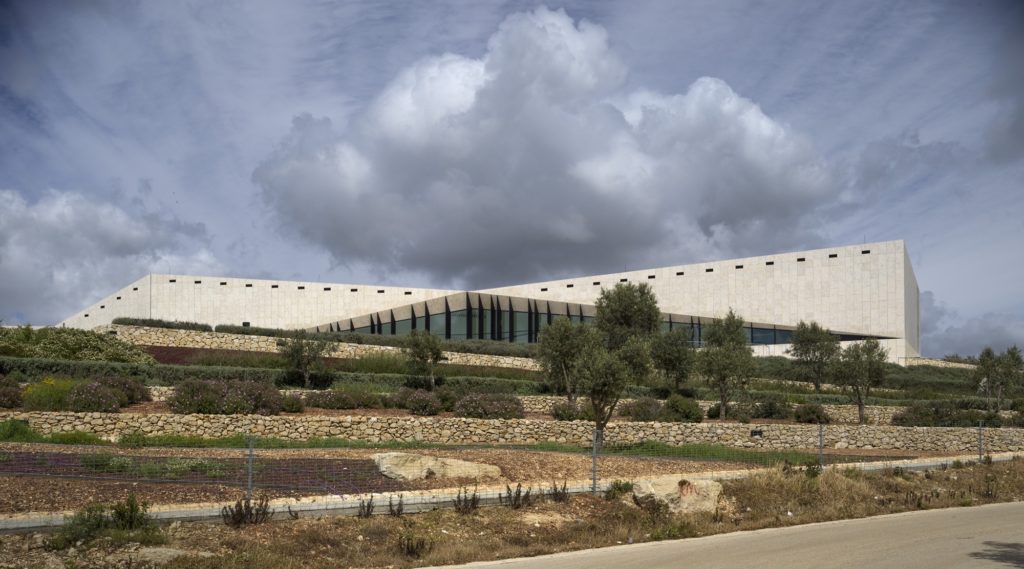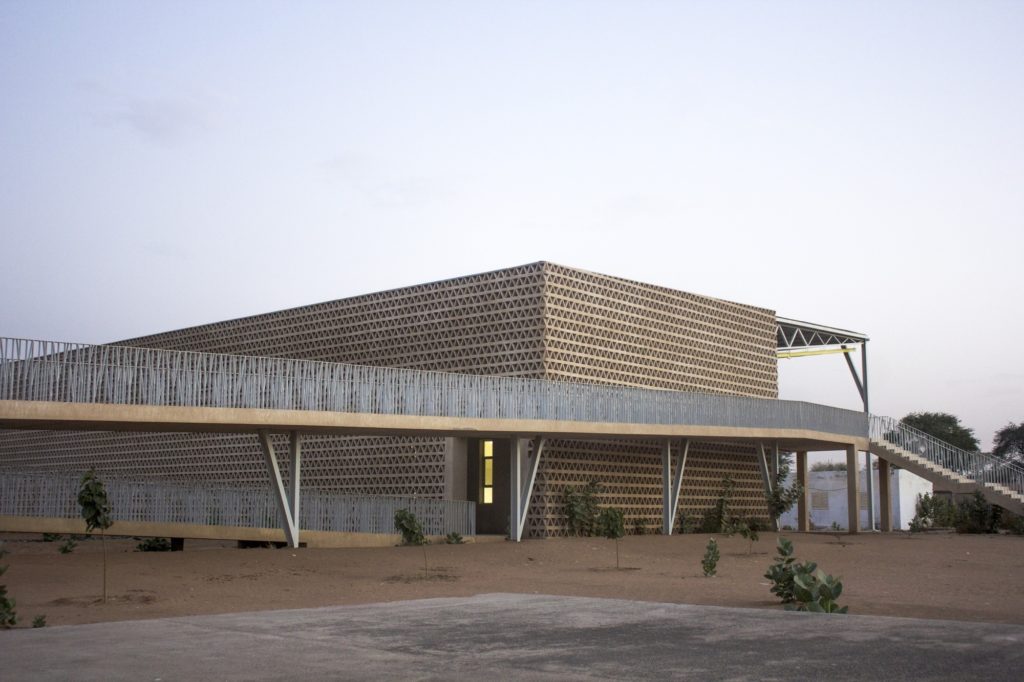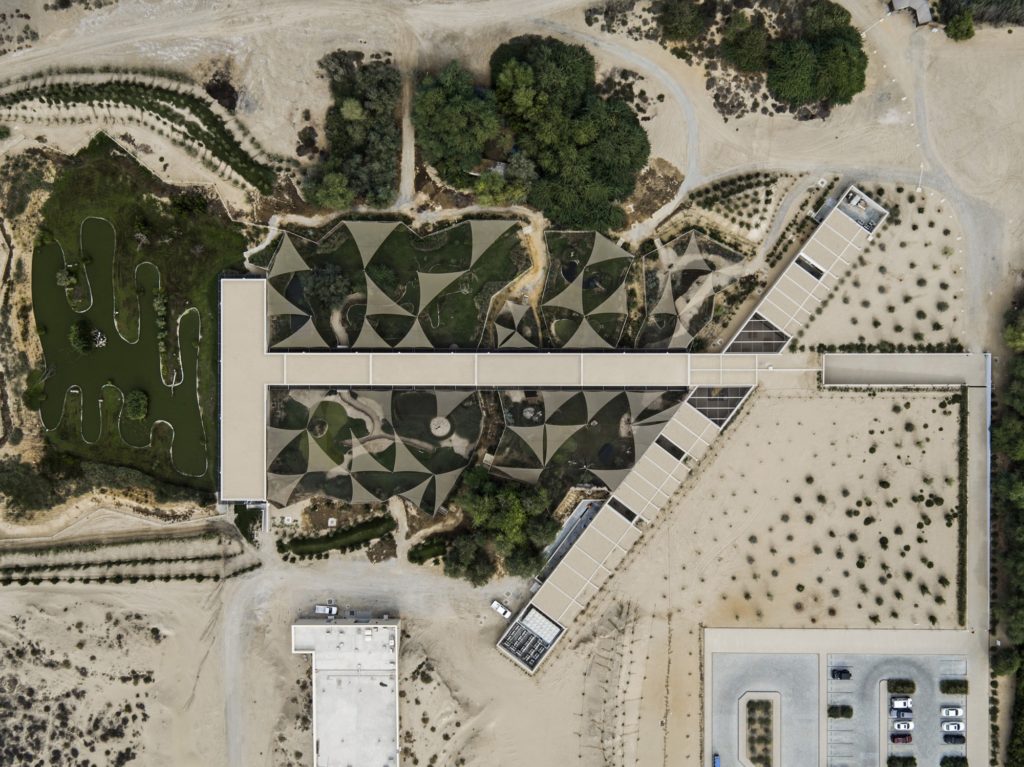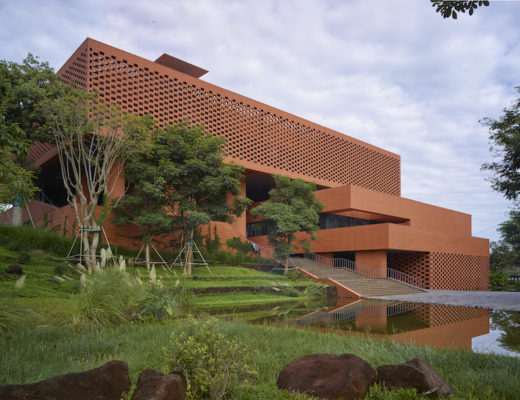The Aga Khan Award for Architecture has revealed the six winners of 2019. Announced by Irada Ayupova, Minister of Culture of the Republic of Tatarstan and Farrokh Derakhshani, Director of the Aga Khan Award for Architecture, at a press conference in Kazan, Republic of Tartarstan, the list showcases projects from around the world.
The Aga Khan Award for Architecture, established in 1977, by HH the Aga Khan aims to identify projects that have successfully addressed the needs and aspirations of Islamic communities. The awards celebrate the projects that respond particularly to their context and the cultural needs of the inhabitants. The winners of the yearly honour will share US$ 1 million between them, which recognises all parties involved in the conception, design, and realisation of a built project. Moreover, “the Award not only rewards architects but also identifies municipalities, builders, clients, master artisans and engineers who have played important roles in the realisation of a project”.
Following comments were noted on the projects by the jury panel:
Bahrain: Revitalization of Muharraq
The Project, which highlights the World Heritage site’s pearling history, was first initiated as a series of restoration and reuse projects. The project evolved into a comprehensive programme that aimed to rebalance the city’s demographic makeup by creating public spaces, providing community and cultural venues, and improving the overall environment.”

A serial site inscribed on the UNESCO World Heritage List, the project consists of three oyster beds, a seashore and sixteen architectural properties throughout Muharraq, each relating to one aspect of the pearling economy, connected by a visitor pathway. This pathway includes 18 public spaces that act as places of encounter, on plots of land where old houses previously stood, and acknowledge the need for green open spaces. It is planned to conserve and adapt the 16 architectural properties, build three new structures: two visitor centres and one pedestrian bridge linking the seashore to the town, and highlight the pathway through an urban design project and façade upgrade. Today, four site components, as well as a visitor centre, are open to the public, alongside two public squares.
Bangladesh: Arcadia Education Project, in South Kanarchor

The site is flooded by monsoons during four months of each year. Conceived as anchored rafts, five modules house pre-school classrooms, an adult vocational workshop, and an office and water block separated by an open-air activity platform. The modules are aligned linearly and built entirely of bamboo. The unique, experimental substructure is anchored to the ground with bamboo posts and consists, first, of bricks laid on the ground to create a level surface; used tyres are affixed atop the bricks for cushioning; and steel drums are located above the tyres, and covered with bamboo flooring. The roof of each module is a bamboo bow-arch; a tarpaulin is stretched across the arch and surfaced inside and out with bamboo.
“The Project in South Kanarchor is a modular structure that takes a novel approach to a riverine site that is often flooded for five months every year. Rather than disrupting the ecosystem to create a mound for building, the architect devised the solution of an amphibious structure that could sit on the ground or float on the water, depending on seasonal conditions.”
Palestine: Palestinian Museum, in Birzeit
 “The Project in Birzeit, which crowns a terraced hill overlooking the Mediterranean, is the recipient of the LEED Gold certification because of its sustainable construction. The zigzagging forms of the Museum’s architecture and hillside gardens are inspired by the surrounding agricultural terraces, stressing the link with the land and Palestinian heritage.”
“The Project in Birzeit, which crowns a terraced hill overlooking the Mediterranean, is the recipient of the LEED Gold certification because of its sustainable construction. The zigzagging forms of the Museum’s architecture and hillside gardens are inspired by the surrounding agricultural terraces, stressing the link with the land and Palestinian heritage.”
Russian Federation: Public Spaces Development Programme, in Kazan, the Republic of Tatarstan
 “A programme in the Republic of Tatarstan that, to date, has improved 328 public spaces all over Tatarstan. The ambitious programme sought to counter the trend toward private ownership by refocusing priorities on quality public spaces for the people of Tatarstan. It has now become a model throughout the Russian Federation.”
“A programme in the Republic of Tatarstan that, to date, has improved 328 public spaces all over Tatarstan. The ambitious programme sought to counter the trend toward private ownership by refocusing priorities on quality public spaces for the people of Tatarstan. It has now become a model throughout the Russian Federation.”
Senegal: Alioune Diop University Teaching and Research Unit, in Bambey

This new lecture room block at the university comprises a 500-seat amphitheatre, classrooms for 50 or 100 students, laboratories and technology rooms, and offices for lecturers in the faculty of applied sciences and ICT. The building is a simple construction of concrete blocks cast on site, covered with mortar and steel latticework. It has a large double roof and a great lattice covering the south facade, which avoids direct solar radiation but remains permeable to air. To solve the lack of sewers and water supply issues, the architects incorporated infiltration rafts with vegetation that collect rainwater, and waste water is purified through an ecologically-sound system that uses activated sludge.
“The Project in Bambey, where a scarcity of resources led to the use of bioclimatic strategies, includes a large double roof canopy and latticework that avoids solar radiation but allows air to flow through it. By employing familiar construction techniques and following sustainability principles, it succeeded in keeping costs and maintenance demands to a minimum, while still making a bold architectural statement.”
United Arab Emirates: Wasit Wetland Centre, in Sharjah
 “Wasit Wetland Centre, in Sharjah, is a design that transformed a wasteland into a wetland and functioned as a catalyst for biodiversity and environmental education. While its indigenous ecosystem has been restored, it has also proven to be a popular place for visitors to appreciate and learn about their natural environment.”
“Wasit Wetland Centre, in Sharjah, is a design that transformed a wasteland into a wetland and functioned as a catalyst for biodiversity and environmental education. While its indigenous ecosystem has been restored, it has also proven to be a popular place for visitors to appreciate and learn about their natural environment.”




